DEFENCE
DEFENCE
ARMAMENTS
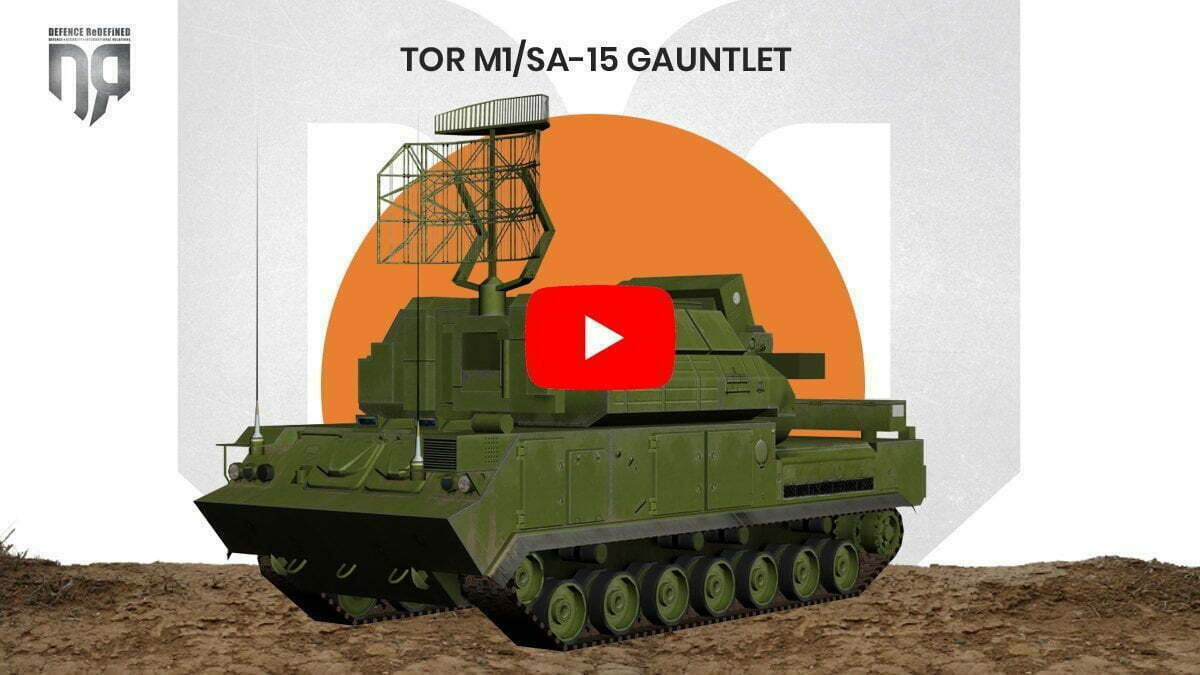
The Russian-made SHOrt-Range Air Defence system (SHORAD) was designed in the 1980s to provide point defence. It was launched in 1986 and to date the system has been produced in various versions, with TOR-M2MK which Armenia recently bought and TOR-M2DT Artic being the most recent.
TOR M1 or SA-15 “Gauntlet” (by NATO coding) was delivered to the National Guard by the Greek Army (which is also a system user) in 1999, following the well-known issue regarding the transfer of the russian long-range S-300 PMU 1 anti-aircraft system to Crete. The S-300 misiles were bought by the Government of Cyprus but installed in Crete instead of Cyprus after Turkey threatened Cyprus and Greece with war.
TOR M1 is an all-weather, anti-aircraft system based on a tracked vehicle. The system can effectively engage a number of targets, including regular aircraft, helicopters, unmanned aerial vehicles (UAV’s), cruise missiles and precision guided ammunition.
The system has increased survivability in the modern battlefield due to its construction, having the firing radar and target lock built into each launcher, as well as the possibility of rapid deployment and firing. In addition, the system has strong protection against electromagnetic interference (ECM) as well as protection from nuclear radiation and biological-chemical (NBC) agents on the crew inside the vehicle.
Specifications:
- Manufacturer: ALMAZ-Antey
- Maximum Missile Range (9M331): 12 Km
- Target engagement elevation: 10m-6000m
- Missile Speed: 850 m / s
- Maximum Missile Maneuverability: 30 G
- Maximum Target Lock Range: 24 Km
- Maximum number of targets that can be monitored simultaneously: 9
- 9M331 Missiles per Combat Vehicle 9A331-1: 8
- CV 9A331-1 crew: 4 (Unit Commander, two console operators and driver)
- CV 9A331-1 vehicle range: 500 Km
Typical TOR M1 battery composition:
A battery normally consists of 3 Combat Vehicles (CV) 9A331-1, each carrying 8 9M331 missiles, 1 Battery Command Post-BCP 9S737M, special transport-loading vehicles (Ural 4320 Transport Launch Vehicle) 9T244, transport vehicles (Transport Vehicle-TV) 9T245 and mobile spare parts vehicles.

Ural 4320 Transport Launch Vehicle 9T244
TOR M1 can operate either in pairs or autonomously. Each CV 9A331-1 combat vehicle can monitor up to 9 targets simultaneously and engage 2 under certain conditions, thus enabling the artillery to simultaneously engage up to 6 targets.
The National Guard has 6 TOR M1 CV 9A331-1 and 2 TOR M1 BCP 9S737M combat vehicles divided into 2 Batteries.
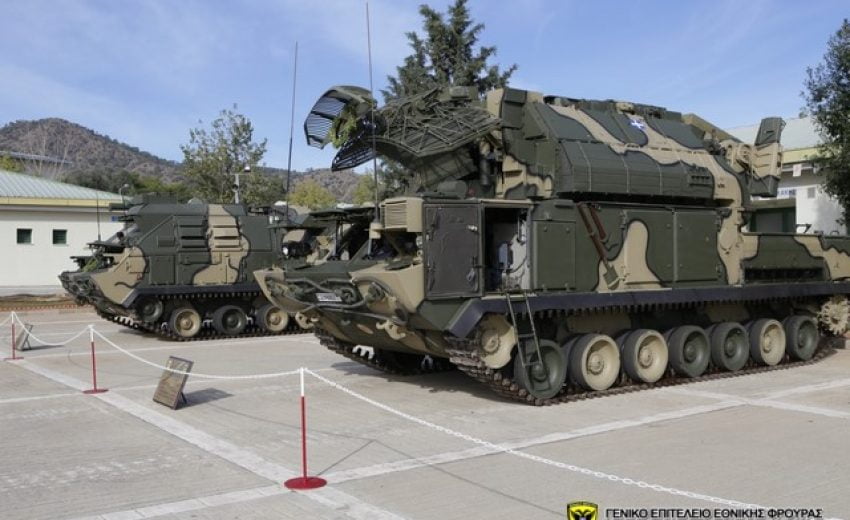
National Guard’s Battery Command Post (BCP) 9S737M and Combat Vehicle CV 9A331-1
Operational Evaluation
In October 2000, 1 TOR M1 system of the 181st Mobilised Guided Missile Battalion of the National Guard allegedly locked 2 Turkish RF-4E reconnaissance aircraft which tried to photograph the Andreas Papandreou air base during the 2000 “Nikiforos-Toxotis” exercise. Since then, the system, along with the rest of the National Guard systems, has been involved in various exercises between the National Guard and other countries. The systems of the National Guard, staffed by experienced and well-trained personnel, have proved particularly “lethal” in the fields amongst others of the “ONISILOS-GIDEON” exercises between the National Guard and the Israeli Air Force from 2014 onwards.
EUROSATORY 2024 | Missile Artillery Solutions from MBDA
With such a large number of interested attendees at MBDA’s pavilion at the Eurosatory 2024 Defence exhibition, the stand reminded of an…
KNDS | Showcases full range of LEOPARD battle tanks at EUROSATORY
KNDS continues to expand its technological advantage in the field of main battle tank development, as we have witnessed at the Defence and…
THEON SENSORS | Distinguishing appearance at EUROSATORY 2024 with new range of products
THEON SENSORS attended the International Defence and Security Exhibition EUROSATORY 2024 as an ambassador of Greek innovation…
EUROSATORY 2024 | Missile Artillery Solutions from MBDA
With such a large number of interested attendees at MBDA’s pavilion at the Eurosatory 2024 Defence exhibition, the stand reminded of an…
KNDS | Showcases full range of LEOPARD battle tanks at EUROSATORY
KNDS continues to expand its technological advantage in the field of main battle tank development, as we have witnessed at the Defence and…
THEON SENSORS | Distinguishing appearance at EUROSATORY 2024 with new range of products
THEON SENSORS attended the International Defence and Security Exhibition EUROSATORY 2024 as an ambassador of Greek innovation…
Ministry of Defence | Organization of Hellenic EDF Info Day
A Conference entitled “EDF Info Day” is organized in the Amphitheater of the National Gallery on Tuesday, July 9 from 09:00 to 17:00.
ALTUS LSA | Participates in EUROSATORY 2024 with KERVEROS in the foreground
The participation of ALTUS LSA in EUROSATORY 2024 is among the Greek participations of operational significance.
Freddy Beleris | Ιn jail until October
The elected mayor of Heimarra and Member of the European Parliament of New Democracy will remain in prison until October…





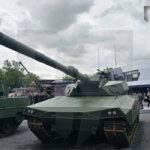




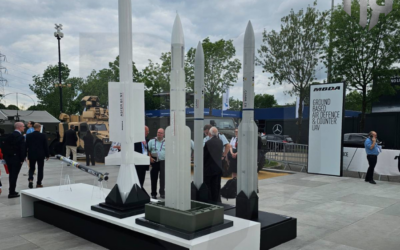



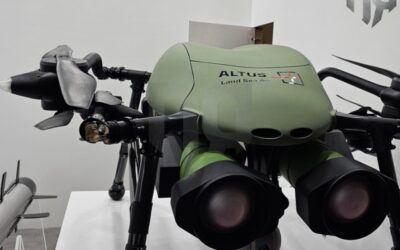

0 Comments